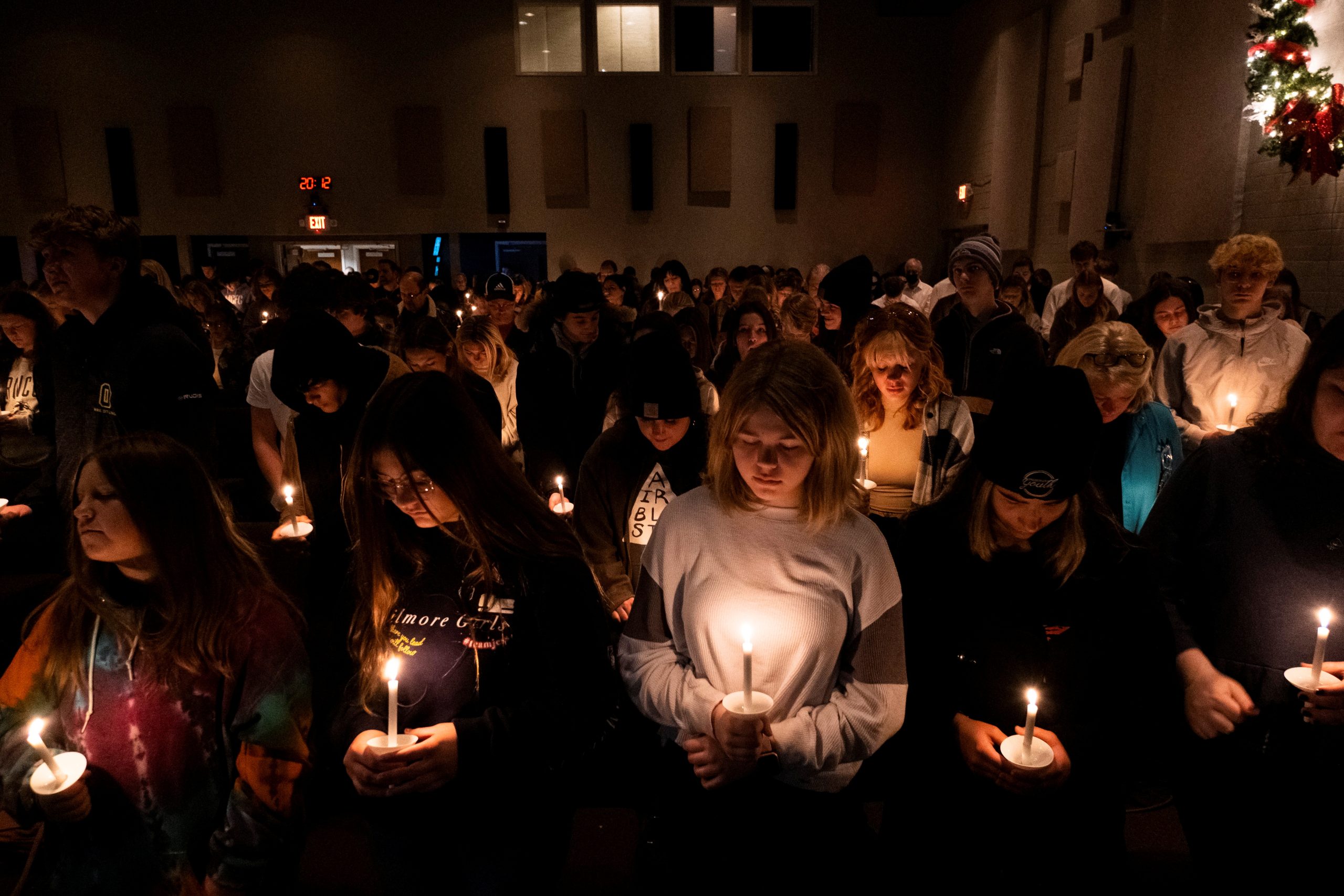
[elfsight_social_share_buttons id=”1″]
Unfortunately, we keep seeing a concerning trend of violence in America during holidays, and this Labor Day weekend was no different. At least seven cities across the United States were afflicted by gun violence over the three-day weekend.
Chicago saw the most violence as 41 people were shot and 8 killed. From Friday night to Tuesday morning, there were 40 reported shootings in and around the city. The victims ranged in age from 6 to 53. The 6-year-old was not one of the deceased victims but was reported to be in good condition after being taken to a hospital.
Many teenagers were among the victims, and there is at least one confirmed death of a 15-year-old from the deadly weekend.
Atlanta was also marred with such violence, seeing 15 people shot and six dying from their wounds over multiple reported shootings.
Baltimore saw seven shootings killing at least two people. In Kansas City and Memphis, four people were shot and killed over three different shootings in each city.
Philadelphia witnessed an elderly man and minor shot at two different times on Monday. Similarly, Labor Day in New York City resulted in three people being shot near a parade route in Brooklyn.
Violence during holidays is, sadly, an oft-reoccurring event in America. But it wasn’t just gun violence during the Labor Day weekend.
In one example, police in Austin, Texas, asked residents to call 311, the non-emergency hotline, if they were victims of robbery and burglary over the Labor Day weekend. Concurrently, the department has been swamped with an increase in crime as well as staffing shortages.
But violence is not a problem entirely localized to holidays and continues to be a bane for many cities. In a nationwide sense, a report from the Council on Criminal Justice shows that levels of violent crime in 2023 are still above pre-pandemic levels reported in 2019.
Just for context, violent crimes include acts such as homicide, gun assault, robbery, and domestic violence – among others.
Overall, violent crime decreased in the first half of 2023, but as one of the report’s co-author said, the current number is still “intolerably high.”
